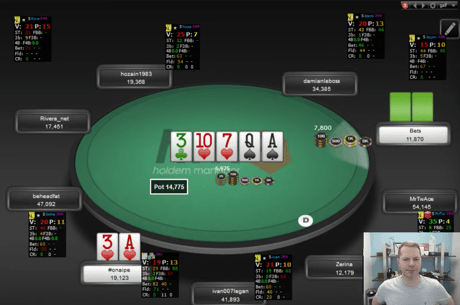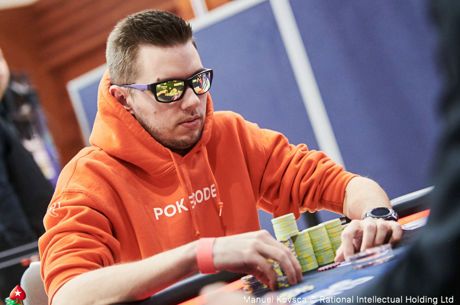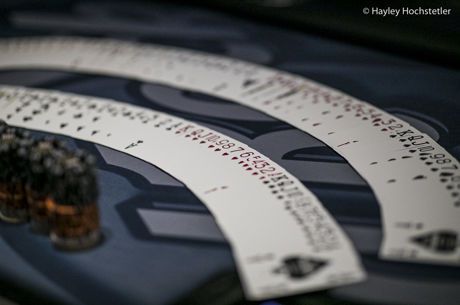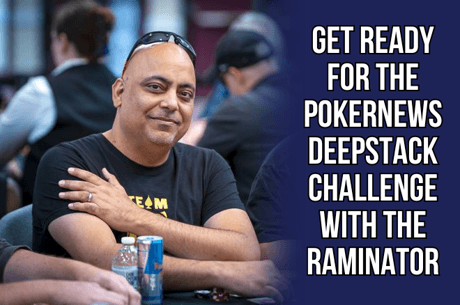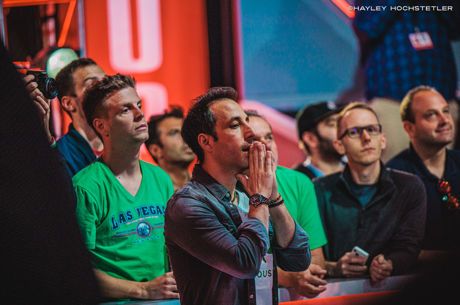Postflop Strategy Against Players Who Continuation Bet Too Much
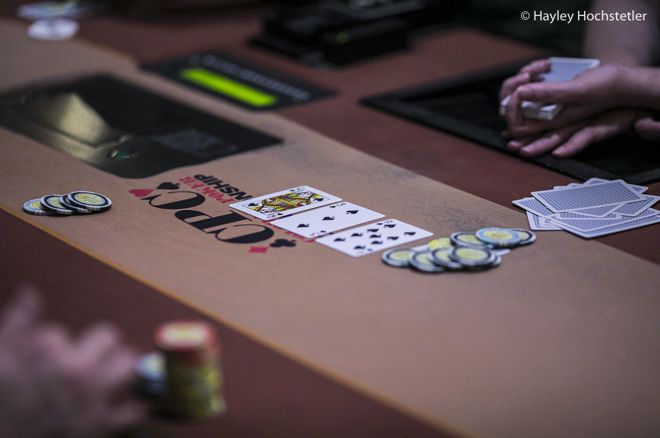
When you an encounter a player who probably continuation bets too much, you need to develop a plan for how to deal with it. While such a player can be frustrating sometimes, the good news is you are already a step ahead when it comes to working out that plan, having noticed they're betting the flop too often.
But don't rest easy just yet! There's still more work to do.
The next step is to think about what is going to happen on the turn. What does your flop c-betting opponent tend to do on the turn after getting called on the flop?
Let us imagine we are defending our big blind in a tournament, our most common scenario when playing from out of position against an aggressor always c-betting flops. Are they going to fire too often on the turn as well? In that case you need to plan to call two streets, not just one. Also know that in this case the value of your bluff catchers goes up and the need to bet and raise your value hands goes down. They will build the pot for you when you are strong.
That said, many players, especially live players, will continuation bet the flop too often and then check the turn out of habit. If you can pick up on this tendency, you can plan accordingly and reap the rewards.
Make a preemptive read
We need to anticipate who these players are — turn bettors or turn checkers. Usually we cannot wait around for definitive proof. In live poker, the answer almost never comes in time. But anticipating the turn checking through a lot will imply the following adjustments.
First, we can bluff catch wider on the flop, expecting to be able to showdown second and third pairs reasonably often.
Second, we should fast play strong hands. We can either lead the turn, or better yet, check-raise the flop. They will fold to the flop check-raise often, but at least we won't lose value versus their medium-strength hands.
Third, with draws we can check-call the flop comfortably knowing that we will get to see two cards often for the price we are paying now.
So being able to anticipate that after c-betting the flop our opponent will check the turn can have great value. However, there is a corollary to this in live poker that many might not realize.
If you make your hand on the turn, and it is good enough to play for three streets, you should be betting the turn. Remember, against these players who c-bet the flop and check the turn, we are thinking we cannot count on them to bet. Usually that is good, but the infrequent times we have the top of our range, that will not help us if we check to them.
A real example
Let's make this discussion more concrete by looking at a real hand I played in a $1,100 buy-in main event. Having been dealt 8♥6♥, I defended my big blind versus a minimum button raise and the flop came A♣7♠9♠.
This is the kind of flop players continuation bet often, and particularly if they are among those who love their c-bets. I do have an open-ended straight draw, but my hand is not that strong. I don't really want to check-raise because so many draws dominate me and I will never get top pair to fold.
When I checked, my opponent did c-bet, and having been given a nice price to continue I called.
The turn was the 5♣ — gin! I had my straight, but the card also brought a second flush draw. If I check here, this player who continuation bets too much is probably going to check back with a whole bunch of hands that could have called a bet — hands like K-9, 9-8, 7-6, or even A-4. But he might also check back with clubs, spades, and J-T — that is, draws that all have a chance to get there on my weak draw that has made its hand.
I have the nuts right now, but I won't on any river spade, club, any board pair, any 8, and even any T or 6. Those last two cards probably don't need that much consideration, but the rest of comprise over half the deck.
So my nuts is not so nutted. The answer is to lead — we can get our value now.
Turn hesitation leads to river decision
I led the turn with a bet, and my opponent took a long time before calling. That made me think he did not have a spade flush draw as he would have called more quickly. It also make me think he didn't have a set or a good two-pair hand like A-7 or A-9 as he would have raised on this scary board.
All that becomes relevant because the river was the 7♠, pairing the board and bringing the spade flush. But because I thought the hands that now beat me would have played the turn differently, I was able to go for value again, and I did. And I got paid by worse. My opponent did not show his hand after I tabled mine, but I imagine A-J and 7-6 were very likely calls.
Think about the turn from his perspective with these hands. He is going to check back the turn a lot for pot control. Instead he paid us two big bets because we anticipated that tendency.

